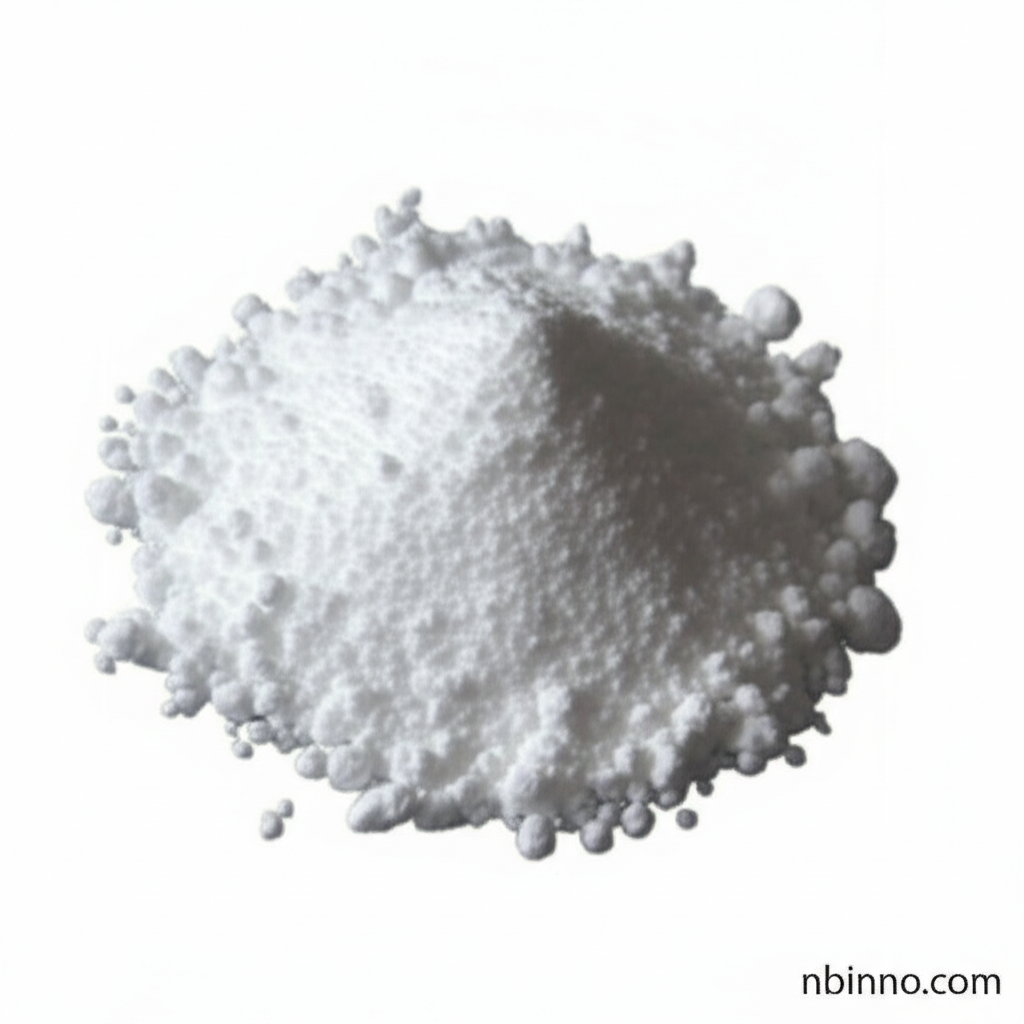H-D-Ala-pNA HCl: A Chromogenic Substrate for D-aminopeptidase Activity and Bacterial Detection
Discover the critical role of H-D-Ala-pNA HCl in enzyme research and bacterial diagnostics.
Get a Quote & SampleProduct Core Value

H-D-Alanine-p-nitrophenylamide hydrochloride
H-D-Ala-pNA HCl serves as a vital chromogenic substrate in biochemical assays, enabling precise measurement of D-aminopeptidase activity. Its ability to release a colored product upon enzymatic cleavage makes it an invaluable tool for researchers studying peptide metabolism and enzyme kinetics.
- Accurate D-aminopeptidase measurement: Leverage H-D-Ala-pNA HCl for precise enzymatic assays, contributing to a deeper understanding of enzyme kinetics.
- Chromogenic detection: Utilize its chromogenic properties for easy spectrophotometric quantification of enzyme activity.
- Bacterial D-alanine detection: Employ this compound for detecting D-alanine in bacterial cell walls, crucial for identifying specific bacterial infections.
- Monitoring antibiotic resistance: Its application in assessing changes in bacterial cell wall composition aids in monitoring antibiotic resistance development.
Key Advantages
Enzyme Activity Monitoring
The predictable colorimetric response of H-D-Ala-pNA HCl allows for reliable monitoring of D-aminopeptidase activity in various biological samples.
Diagnostic Potential
Its role in detecting D-alanine contributes to potential diagnostic applications for specific bacterial infections, aiding in timely and effective treatment strategies.
Research Versatility
This compound is a versatile tool for a broad range of scientific research, including enzyme characterization and metabolic pathway studies.
Key Applications
Biochemical Assays
H-D-Ala-pNA HCl is extensively used as a substrate for measuring the activity of bacterial D-aminopeptidases in laboratory settings.
Scientific Research
Facilitates in-depth studies on enzyme kinetics, metabolic pathways, and the biochemical roles of D-aminopeptidases.
Bacterial Identification
Its use in detecting D-alanine offers a method for identifying bacteria with specific cell wall compositions, important for clinical microbiology.
Antibiotic Resistance Studies
Researchers utilize H-D-Ala-pNA HCl to investigate changes in D-alanine content, which can correlate with the development of antibiotic resistance in bacteria.
